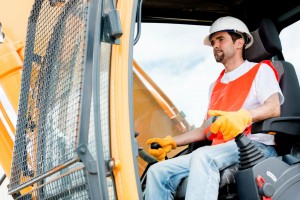In September of 2014, OSHA added a final rule to its certification requirement which caused the order to be delayed for up to three years. At that time, OSHA had a draft in place which gave guidelines as to what would be expected for this certification. However, an agency official recently informed stakeholders that the crane operator qualifications rule that is forthcoming from OSHA will be different that the previously issued draft.
Safety and Health Magazine explains, “In October, the National Commission for the Certification of Crane Operators hosted its inaugural Industry Forum on Personnel Qualifications. Jim Maddux, director of OSHA’s Directorate of Construction, told attendees that OSHA is continuing its work on the crane operator qualifications issue, and a “positive resolution” could be expected in 2016, according to an NCCCO press release.
The issue stems from stakeholder concerns that crane operator certification requirements under the 2010 Cranes and Derricks in Construction final rule were insufficient to determine competency. In response, OSHA delayed that requirement until November 2017 and began pursuing a new rule to address the issue.”
A draft certification rule was presented by OSHA to the Advisory Committee on Construction Safety and Health after a committee meeting. Feedback from the meeting was taken into account, and Maddux shares that the proposed rule will “without a doubt” be much different than the drafted rule.
Although OSHA has until 2017 to require certification for crane operators, it is possible that the requirement will come much sooner. A new proposed rule on certifications for crane operators is expected in March of 2016, according to the report.
Of course, these rules and regulations are very important to the safety of the workers and others who may be in the immediate area where a crane is being used. Knowing the positive impact that HoistCam’s cameras on crane have on safety in the workplace, it would not be surprising if cameras were one day required on all cranes. Adding cameras to the crane block, or anywhere on the job site, can increase safety, productivity, and security. HoistCam’s cameras on crane give line of sight to the crane operator for the entire lift, as well as offering a bird’s eye view of the job site to managers, security personnel and others.


